February 14, 2017
UK cyber workforce grows 160 percent in five years, new report claims 0
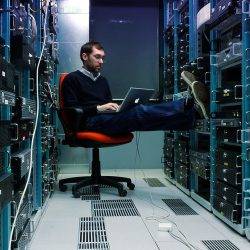 The UK ‘cyber workforce’ has grown by 160 percent in the five years to 2016, according to new Tech Partnership research. Around 58,000 people now work in cyber security, up from 22,000 in 2011, and they command an average salary of over £57,000 a year – 15 percent higher than tech specialists as a whole, and up 7 percent on last year. Just under half of the cyber workforce is employed in the digital industries, while banking accounts for one in five, and the public sector for 12 percent. The figures, derived from analysis of bespoke data from IT Jobs Watch and supporting information from the Office of National Statistics’ Quarterly Labour Force Survey, are published in the Tech Partnership’s most recent Fact Sheet, Cyber Security Specialists in the UK.
The UK ‘cyber workforce’ has grown by 160 percent in the five years to 2016, according to new Tech Partnership research. Around 58,000 people now work in cyber security, up from 22,000 in 2011, and they command an average salary of over £57,000 a year – 15 percent higher than tech specialists as a whole, and up 7 percent on last year. Just under half of the cyber workforce is employed in the digital industries, while banking accounts for one in five, and the public sector for 12 percent. The figures, derived from analysis of bespoke data from IT Jobs Watch and supporting information from the Office of National Statistics’ Quarterly Labour Force Survey, are published in the Tech Partnership’s most recent Fact Sheet, Cyber Security Specialists in the UK.





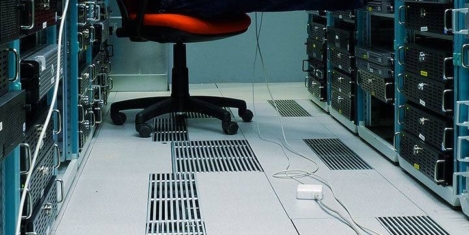
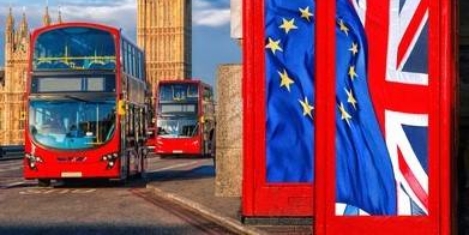
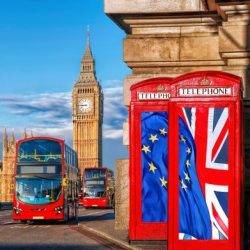 The more recent employment figures for London suggest that until the terms of Brexit are known and put in motion, the jobs market will remain cautious. This is according to the latest Morgan McKinley London Employment Monitor which found that despite an 81 percent increase in jobs available and an 83 percent increase in professionals seeking jobs; compared to a 115 percent increase in jobs this time last year, the 2017 spike was muted in comparison. The 83 percent increase in job seekers month-on-month is coupled with a 29 percent decrease, year-on-year. Contributing to the decrease is the trickling off of non-British EU nationals working in the City, who comprise up to 10 percent of its workforce. In a post-Brexit survey of professionals conducted by Morgan McKinley, these individuals reported either moving abroad, or considering leaving London because of Brexit.
The more recent employment figures for London suggest that until the terms of Brexit are known and put in motion, the jobs market will remain cautious. This is according to the latest Morgan McKinley London Employment Monitor which found that despite an 81 percent increase in jobs available and an 83 percent increase in professionals seeking jobs; compared to a 115 percent increase in jobs this time last year, the 2017 spike was muted in comparison. The 83 percent increase in job seekers month-on-month is coupled with a 29 percent decrease, year-on-year. Contributing to the decrease is the trickling off of non-British EU nationals working in the City, who comprise up to 10 percent of its workforce. In a post-Brexit survey of professionals conducted by Morgan McKinley, these individuals reported either moving abroad, or considering leaving London because of Brexit.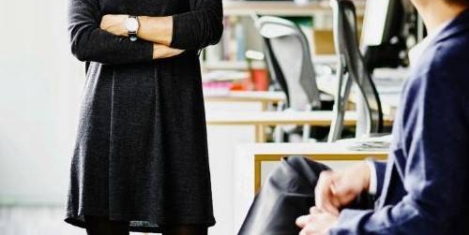



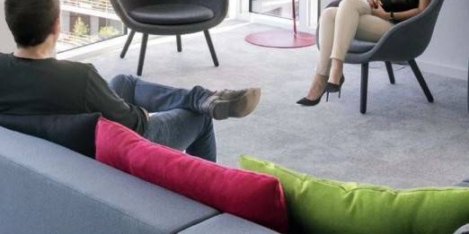
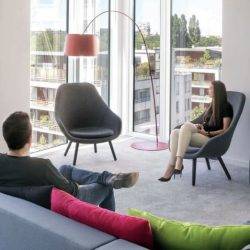

 With the UK facing at best, very slow growth, or even shrinkage, of the working population, future changes to migration levels into the UK due to Brexit could exacerbate the financial stresses and strains caused by the UK’s aging workforce. This is according to the
With the UK facing at best, very slow growth, or even shrinkage, of the working population, future changes to migration levels into the UK due to Brexit could exacerbate the financial stresses and strains caused by the UK’s aging workforce. This is according to the 



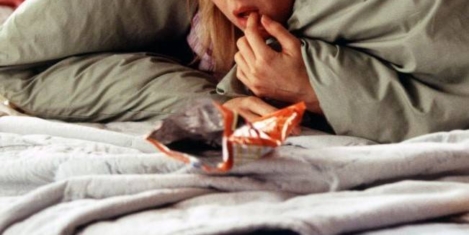

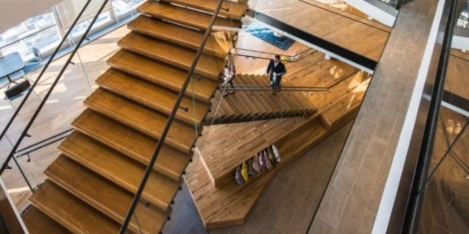
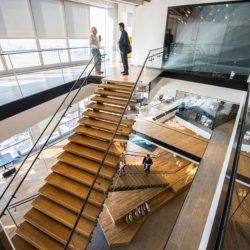
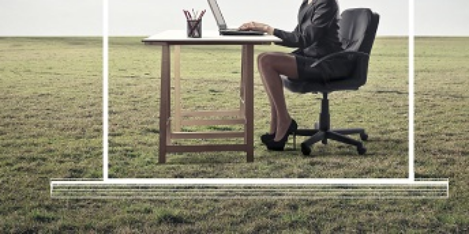
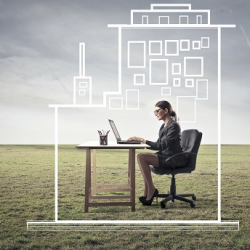









February 10, 2017
Reflections on the future of work from a mirrored room 0
by Neil Usher • Comment, Facilities management, Technology, Workplace design
(more…)